I often start off my self-publishing workshops by talking about how a book is constructed, because most new authors haven’t really thought about it. It is information you really need to know, if you intend to self-publish your book in paperback format.
Book dimensions
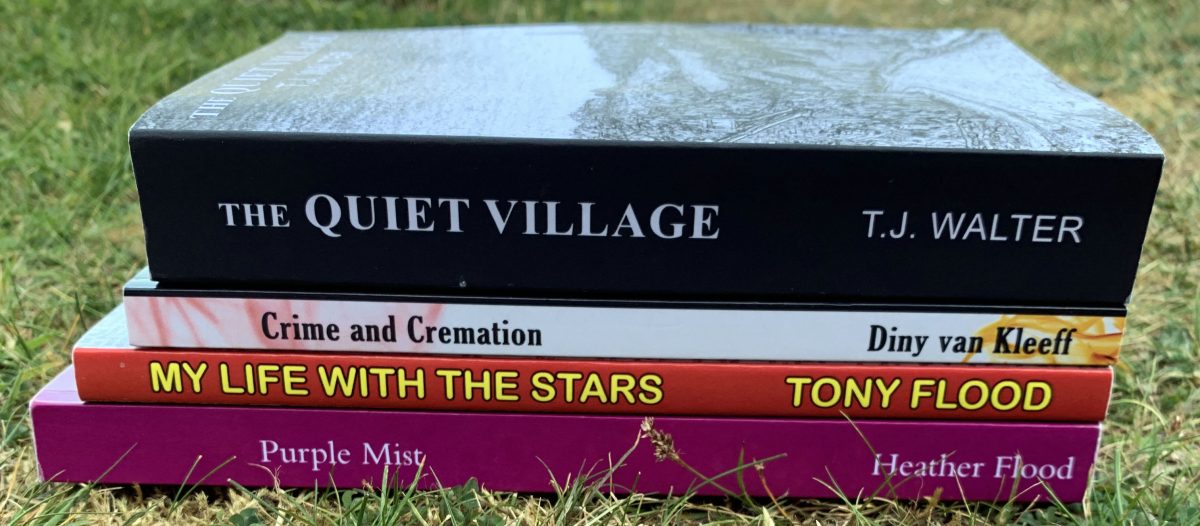
Books come in all sorts of sizes – often, depending on their genre. Visit any bookstore or library (with your ruler) and see how different books measure up. If you plan to self-publish your book, you will probably want it to be of similar dimensions to other successful books of similar types, because this is what the reader is used to and generally, expects. Plus, you’ll want it to fit neatly on the shelf with other similar books.
The width of the spine is dictated by the number of pages in the book.
When I wrote my teen science-fiction novel, FREEN, I used the same dimensions as a series of teen spy books I had been reading and really liked.
If you are self-publishing through Amazon KDP, they have a number of pre-set, industry standard book sizes for you to choose from. You can select a custom size, but I don’t recommend this, as it will add to your print costs (and deduct from your profits).
The cover

A paperback cover is designed as a single, flat image that is wrapped around the finished book. It is printed on a larger sheet and trimmed to size. The cover image must always ‘bleed’ a little over the cutting line to make sure there aren’t any unprinted slithers at the edges.
This is what a cover template looks like from Amazon. You can enter your chosen book dimensions and number of pages to download a template the right size for your book.
Here’s a link to the KDP Cover templates
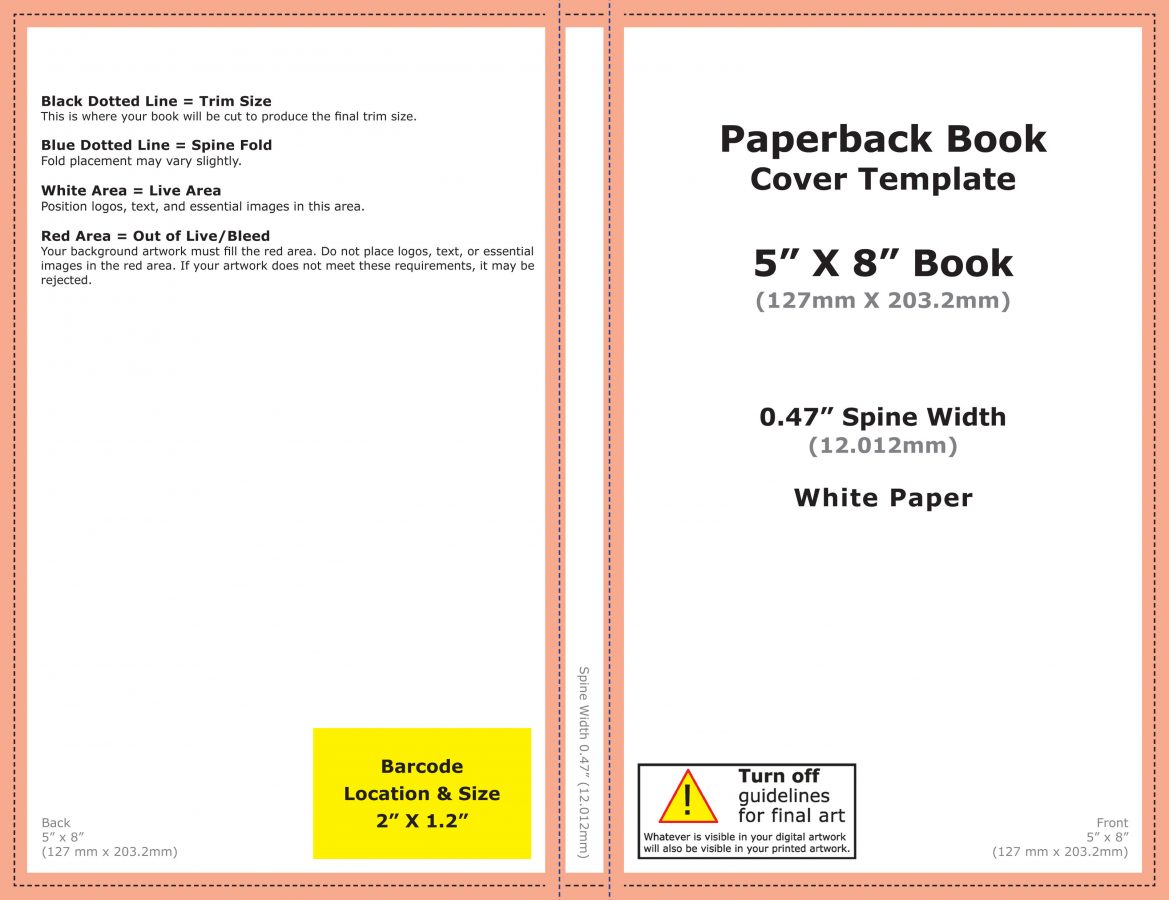
Images that you use to make your cover must be of a high quality, like a photograph of over 300dpi.
dpi means dots-per-inch and is the number of dots of colour that are used to make an image – the less dots, the less defined the image.
The interior
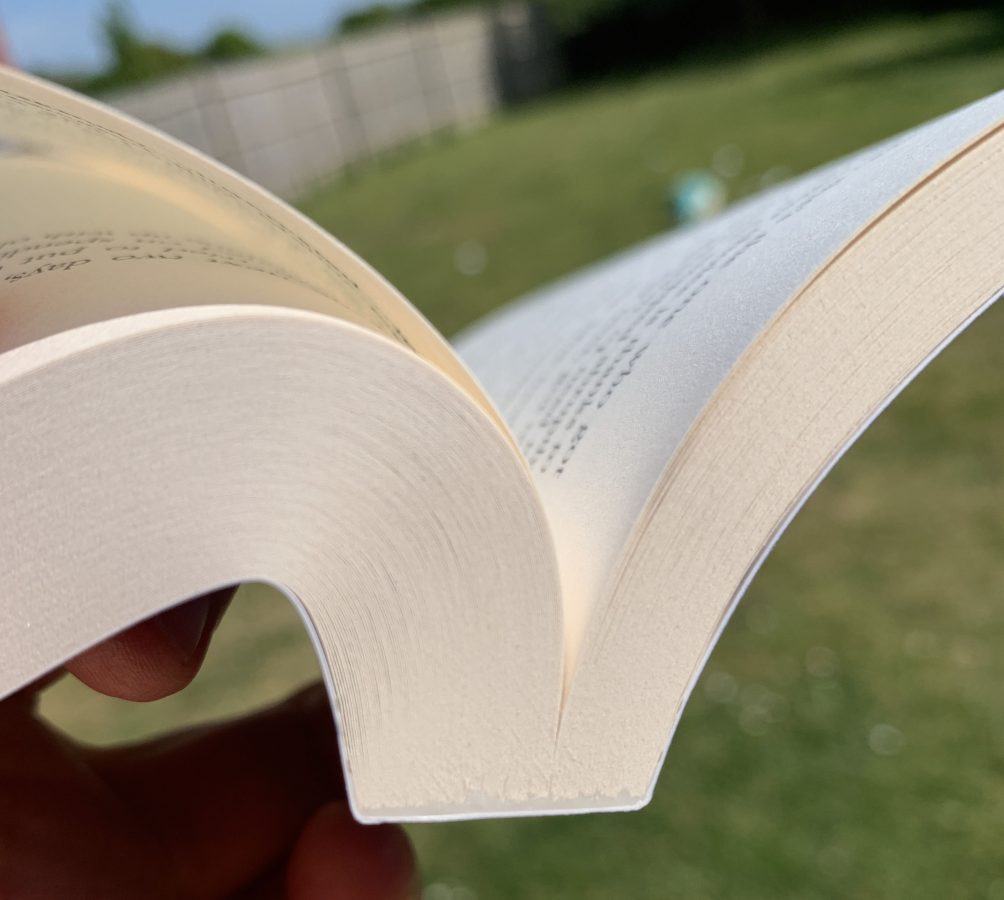
A book is made of left and right hand pages. The margins are most often set at a value of around 1.27 cm for the top, bottom and outer margin of each page.

The inner margin, where the left and right hand pages meet, will often have a ‘gutter’ of about 0.5 to 0.7 cm added to the margin to allow for the binding that pinches the pages together and creates a shadow, which would make it difficult to read the words if they were too close to it.
You can, of course, choose any margin settings to suit your book.
A word about illustrated books
If you plan to have your book illustrated, it is essential that you decide on what sort of size your book will be before you draw or employ an illustrator, because you will need to know the aspect ratio of the images and how they are going to sit amongst the text.
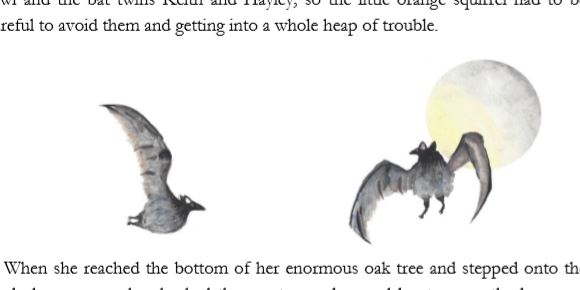
A traditional size paperback will need taller images (if they are to be full page) than a wider, more extensively illustrated children’s book.
It seems obvious, but many new authors commission illustrations and then find they are too wide, or short for the page and end up having to compromise them.
Be smart and plan ahead
Even if you are just starting out, or still in the middle of writing your masterpiece, it is good to start looking at books from from the point of view of an author. See what you like, what you don’t like and most importantly, what the reading public like!
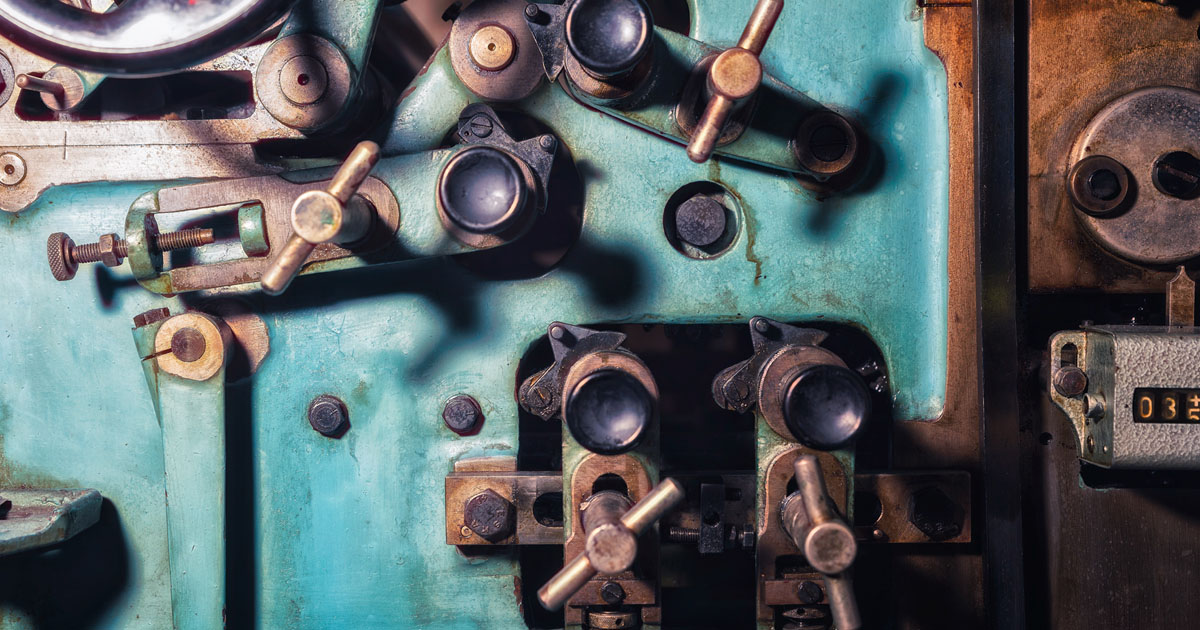
Leave a Reply